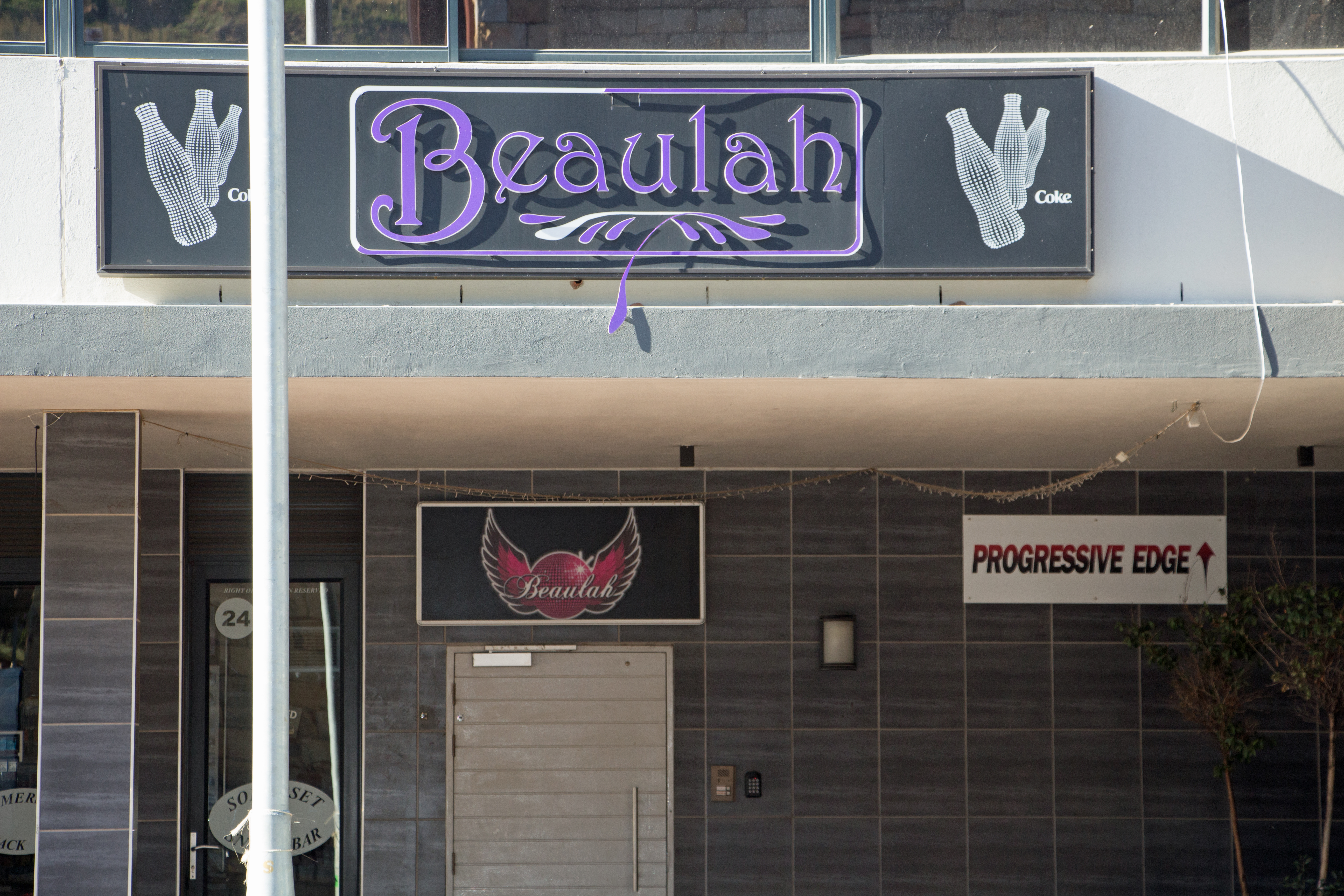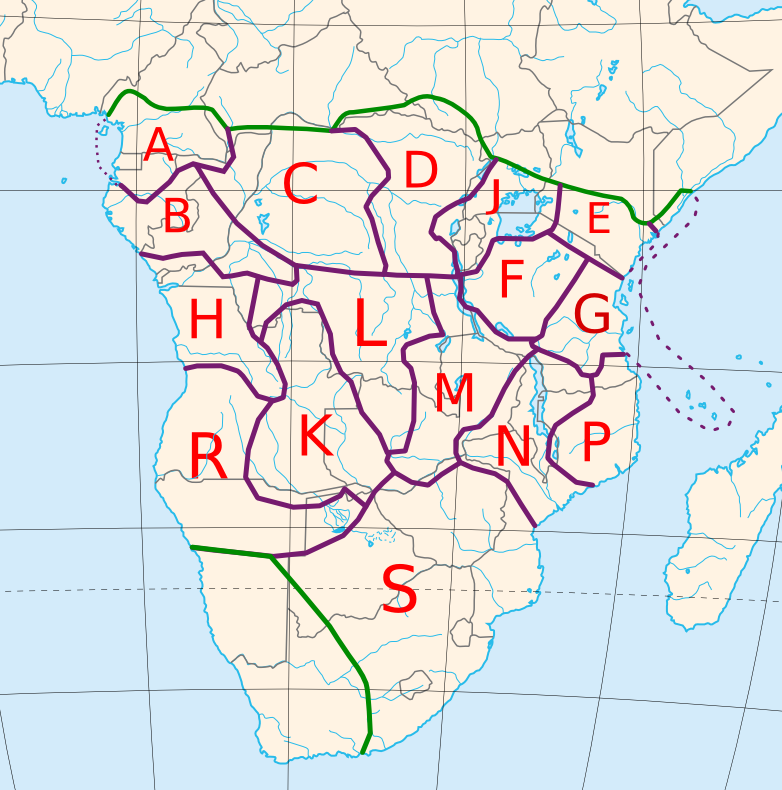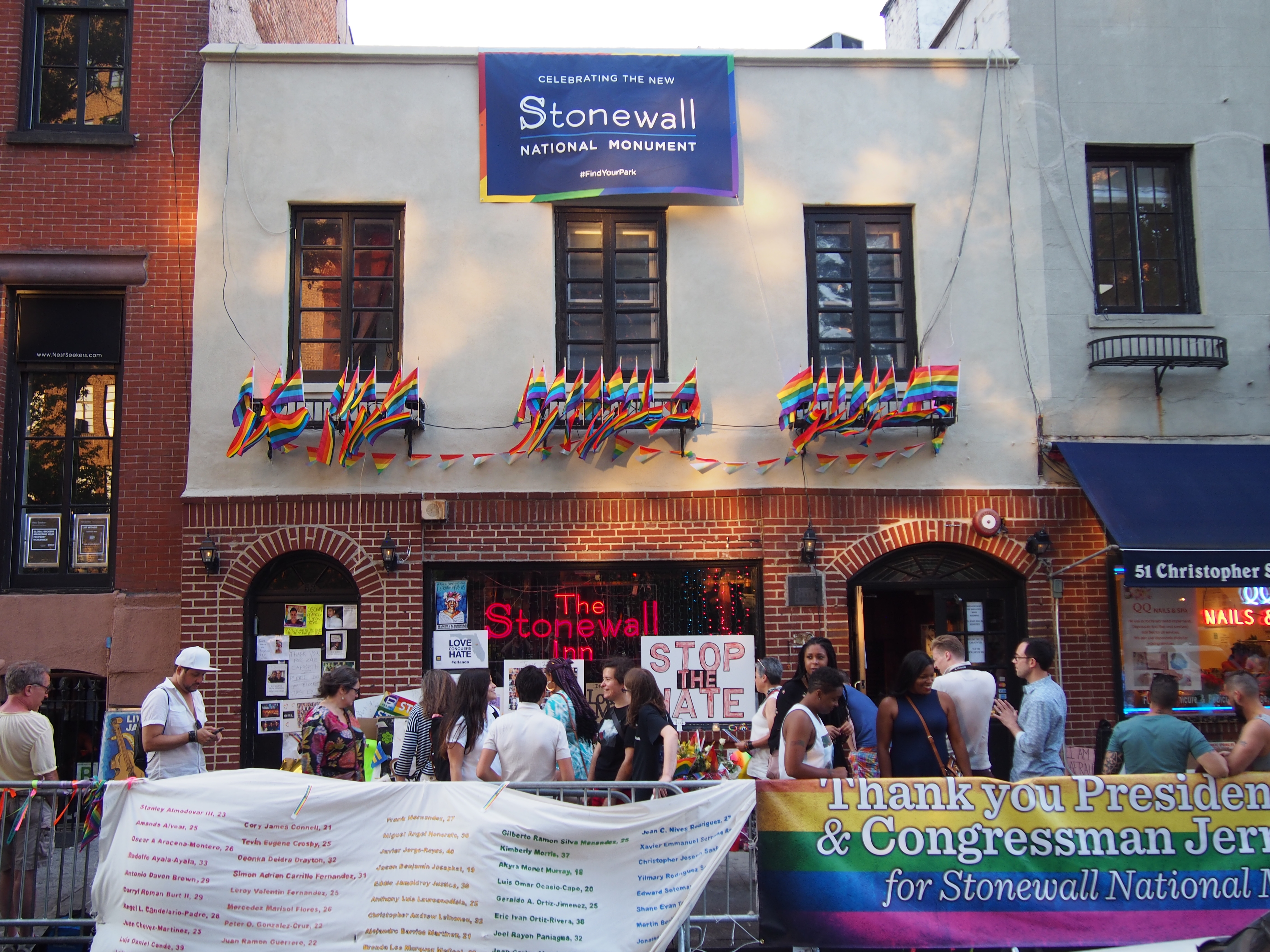|
Gayle Language
Gayle, or Gail, is an South African English, English- and Afrikaans-based gay argot or slang used primarily by English and Afrikaans-speaking homosexual men in urban communities of South Africa, and is similar in some respects to Polari in the United Kingdom, from which some lexical items have been borrowed. The equivalent language used by gay South African men who speak Bantu languages is called ''IsiNgqumo'', and is based on a Nguni languages, Nguni lexicon. Gayle originally manifested as ''moffietaal'' (Afrikaans: literally, "homosexual language") in the drag (clothing), drag culture of the Cape Coloured community in the 1950s. It permeated into white homosexual circles in the 1960s and became part of mainstream white gay culture. Besides a few core words borrowed from Polari (such as the word ''varda'' meaning "to see", itself a borrowing from Mediterranean Lingua Franca, Lingua Franca), most of Gayle's words are alliterative formations using women's names, such as ''Beulah ... [...More Info...] [...Related Items...] OR: [Wikipedia] [Google] [Baidu] |
South Africa
South Africa, officially the Republic of South Africa (RSA), is the Southern Africa, southernmost country in Africa. Its Provinces of South Africa, nine provinces are bounded to the south by of coastline that stretches along the Atlantic Ocean, South Atlantic and Indian Ocean; to the north by the neighbouring countries of Namibia, Botswana, and Zimbabwe; to the east and northeast by Mozambique and Eswatini; and it encloses Lesotho. Covering an area of , the country has Demographics of South Africa, a population of over 64 million people. Pretoria is the administrative capital, while Cape Town, as the seat of Parliament of South Africa, Parliament, is the legislative capital, and Bloemfontein is regarded as the judicial capital. The largest, most populous city is Johannesburg, followed by Cape Town and Durban. Cradle of Humankind, Archaeological findings suggest that various hominid species existed in South Africa about 2.5 million years ago, and modern humans inhabited the ... [...More Info...] [...Related Items...] OR: [Wikipedia] [Google] [Baidu] |
Bantu Languages
The Bantu languages (English: , Proto-Bantu language, Proto-Bantu: *bantʊ̀), or Ntu languages are a language family of about 600 languages of Central Africa, Central, Southern Africa, Southern, East Africa, Eastern and Southeast Africa, Southeast Africa. They form the largest branch of the Southern Bantoid languages. The total number of Bantu languages is estimated at between 440 and 680 distinct languages, depending on the definition of Dialect#Dialect or language, "language" versus "dialect"."Guthrie (1967–71) names some 440 Bantu 'varieties', Grimes (2000) has 501 (minus a few 'extinct' or 'almost extinct'), Bastin ''et al.'' (1999) have 542, Maho (this volume) has some 660, and Mann ''et al.'' (1987) have ''c.'' 680." Derek Nurse, 2006, "Bantu Languages", in the ''Encyclopedia of Language and Linguistics'', p. 2:Ethnologue report for Southern Bantoid" lists a total of 535 languages. The count includes 13 Mbam languages, which are not always included under "Narrow Bantu". ... [...More Info...] [...Related Items...] OR: [Wikipedia] [Google] [Baidu] |
LGBTQ Culture In South Africa
LGBTQ people are individuals who are lesbian, gay, bisexual, transgender, queer, or questioning. Many variants of the initialism are used; LGBTQIA+ people incorporates intersex, asexual, aromantic, agender, and other individuals. The group is generally conceived as broadly encompassing all individuals who are part of a sexual or gender minority, including all sexual orientations, romantic orientations, gender identities, and sex characteristics that are not heterosexual, heteroromantic, cisgender, or endosex, respectively. Scope and terminology A broad array of sexual and gender minority identities are usually included in who is considered LGBTQ. The term ''gender, sexual, and romantic minorities'' is sometimes used as an alternative umbrella term for this group. Groups that make up the larger group of LGBTQ people include: * People with a sexual orientation that is non-heterosexual, including lesbians, gay men, bisexual people, and asexual people * People who are ... [...More Info...] [...Related Items...] OR: [Wikipedia] [Google] [Baidu] |
Lavender Linguistics
LGBTQ linguistics is the study of language as used by members of LGBTQ communities. Related or synonymous terms include lavender linguistics, advanced by William Leap in the 1990s, which "encompass sa wide range of everyday language practices" in LGBTQ communities, and queer linguistics, which refers to the linguistic analysis concerning the effect of heteronormativity on expressing sexual identity through language. The former term derives from the longtime association of the color lavender with LGBTQ communities. "Language", in this context, may refer to any aspect of spoken or written linguistic practices, including speech patterns and pronunciation, use of certain vocabulary, and, in a few cases, an elaborate alternative lexicon such as Polari. History Early studies in the field of LGBTQ linguistics were dominated by the concept of distinct "lavender lexicons" such as that recorded by Gershon Legman in 1941. In 1995, William Leap, whose work incorporates LGBTQ culture ... [...More Info...] [...Related Items...] OR: [Wikipedia] [Google] [Baidu] |
Coloureds
Coloureds () are multiracial people in South Africa, Namibia and, to a smaller extent, Zimbabwe and Zambia. Their ancestry descends from the interracial mixing that occurred between Europeans, Africans and Asians. Interracial mixing in South Africa began in the 17th century in the Dutch Cape Colony where the Dutch men mixed with Khoi Khoi women, Bantu women and Asian female slaves, producing mixed race children. Eventually, interracial mixing occurred throughout South Africa and the rest of Southern Africa with various other European nationals (such as the Portuguese, British, Germans, Irish etc.) who mixed with other African tribes which contributed to the growing number of mixed-race people, who would later be officially classified as Coloured by the apartheid government. ''Coloured'' was a legally defined racial classification during apartheid referring to anyone not white or of the black Bantu tribes, which effectively largely meant people of colour. The majority of ... [...More Info...] [...Related Items...] OR: [Wikipedia] [Google] [Baidu] |
Showmax
Showmax is a subscription video on-demand over-the-top streaming service that launched in South Africa on 19 August 2015. Its majority owner is MultiChoice, which owns 70% of the Showmax group, while American conglomerate NBCUniversal owns 30% in all territories except Nigeria, where NBCUniversal holds an indirect 23.7% stake in the local subsidiary. In 2023, Showmax announced a partnership with NBCUniversal and Sky. The new Showmax launched in February 2024, with a brand-new app and streaming platform, as well as an unprecedented content slate. Showmax uses a localisation strategy to take on established video on demand competitors with a focus on local content and partnerships with mobile telcos. It has a customer base of 2.1 million subscribers Africa-wide first place in the continent's market overtaking Netflix's 1.8 million by November 2023. The Showmax catalogue consists of series, movies and documentaries from Hollywood, Kenya, Nigeria, Ghana, South Africa and the UK, ... [...More Info...] [...Related Items...] OR: [Wikipedia] [Google] [Baidu] |
Camp (style)
Camp is an Aesthetics, aesthetic and sensibility that regards something as appealing or amusing because of its heightened level of artifice, affectation and exaggeration, especially when there is also a playful or Irony, ironic element. ''Camp'' is historically associated with LGBTQ culture and especially gay men. Camp aesthetics disrupt modernism, modernist understandings of high art by inverting traditional aesthetic judgements of beauty, value, and taste, and inviting a different kind of aesthetic engagement. Camp art is distinct from but often confused with kitsch''.'' The American writer Susan Sontag emphasized its key elements as embracing frivolity, excess and artifice.'''' Art historian David Carrier notes that, despite these qualities, it is also subversive and political. ''Camp'' may be sophisticated, but subjects deemed ''camp'' may also be perceived as being dated, offensive or in Bad taste (aesthetics), bad taste.Babuscio (1993, 20), Feil (2005, 478), Morrill (1994 ... [...More Info...] [...Related Items...] OR: [Wikipedia] [Google] [Baidu] |
Hilda (name)
Hilda is one of several feminine given names derived from the name ''Hild'', formed from Old Norse , meaning 'battle'. Hild, a Nordic-German Bellona, was a Valkyrie who conveyed fallen warriors to Valhalla. Warfare was often called Hild's Game. Hilda of Whitby was an early Christian saint. Hylda is a spelling variant. Hilde is a variant of Hilda. Another variation on ''Hild'' is Hildur. Hildy is an English nickname. Ildikó is a Hungarian form of the name. Related names include Brunhilde, Brynhild, Hildebrand, Hildegard, Gunhild, Krimhild, and Mathilde. Cultural influences The name became rare in England during the later Middle Ages, but was revived in the 19th century. Several English-language popular 19th century novelists used the name Hilda for their heroines. Hilda Scarve was the romantic heroine of the 1842 novel '' The Miser's Daughter'' by William Harrison Ainsworth. Nathaniel Hawthorne used the name Hilda for the innocent art student heroine of his 1860 ... [...More Info...] [...Related Items...] OR: [Wikipedia] [Google] [Baidu] |
Priscilla
Priscilla is an English female given name adopted from Latin '' Prisca'', derived from ''priscus''. There is a theory that this biblical character was the author of the Letter to the Hebrews. The name first appears in the New Testament either as Priscilla or Prisca, a female leader in early Christianity. The name also appears along with Maximilla, referring to two female leaders of the Montanist movement of the 2nd century AD. The name appears in English literature in Edmund Spenser's ''The Faerie Queene ''(1596), and was adopted as an English name by the Puritans in the 17th century. It increased in usage in the United States in the 1930s due to the influence of actress Priscilla Lane and again in the late 1970s and early 1980s due to the influence of actress Priscilla Presley. Notable people and characters with the name include: People * Priscilla, an early Christian of the New Testament and companion to Paul the Apostle * Priscilla and Maximilla, charismatic p ... [...More Info...] [...Related Items...] OR: [Wikipedia] [Google] [Baidu] |
Beulah (given Name)
Beulah ( ), a feminine given name, originated from the Hebrew word ( ''bə‘ūlāh''), used in the Book of Isaiah as a prophesied attribute of the land of Israel. The King James Bible transliterates the word and translates it as "married" (see ). An alternative translation is "espoused", see for example (Mechon Mamre). The ''Online Etymology Dictionary'' relates the word to ''baal'', meaning "owner, master, lord". Literary works have used "Beulah" as the name of a mystical place, somewhere between Earth and Heaven. It was so used in ''The Pilgrim's Progress'' by John Bunyan and in the works of William Blake, for example several times in '' The Four Zoas''. People * Beulah Annan (1899–1928), American suspected murde ...[...More Info...] [...Related Items...] OR: [Wikipedia] [Google] [Baidu] |
Mediterranean Lingua Franca
The Mediterranean Lingua Franca, or Sabir, was a contact language, or languages, that were used as a lingua franca in the Mediterranean basin from the 11th to the 19th centuries. April McMahon describes Sabir as a "fifteenth century proto-pidgin" and "a relic of the original Lingua Franca, a medieval language used by Mediterranean traders and by the Crusaders." Operstein and McMahon categorize Sabir and "Lingua Franca" as separate but related languages. Etymology ''Lingua franca'' meant literally "Frankish language" in Late Latin, and it originally referred specifically to the language that was used around the Eastern Mediterranean Sea as the main language of commerce. However, the term "Franks" was actually applied to all Western Europeans during the late Byzantine Period. Later, the meaning of ''lingua franca'' expanded to mean any bridge language. Its other name in the Mediterranean area was ''Sabir'', a term cognate of ("to know") in most Iberian languages and of It ... [...More Info...] [...Related Items...] OR: [Wikipedia] [Google] [Baidu] |
Cape Coloured
Cape Coloureds () are a South African group of Coloured people who are from the Cape region in South Africa which consists of the Western Cape, Northern Cape and the Eastern Cape. Their ancestry comes from the interracial mixing between the European, the indigenous Khoi and San, the Xhosa plus other Bantu people, indentured labourers imported from the British Raj, slaves imported from the Dutch East Indies, immigrants from the Levant or Yemen (or a combination of all). Eventually, all these ethnic and racial groups intermixed with each other, forming a group of mixed-race people that became known as the "Cape Coloureds". Demographics Although Coloureds represent only 8.15% of people within South Africa, they make up 42.1% of the population in the Western Cape, representing a plurality of the population of the province. (according to the 2022 South African census) They are generally bilingual, speaking Afrikaans and English, though some speak only one of these. ... [...More Info...] [...Related Items...] OR: [Wikipedia] [Google] [Baidu] |




